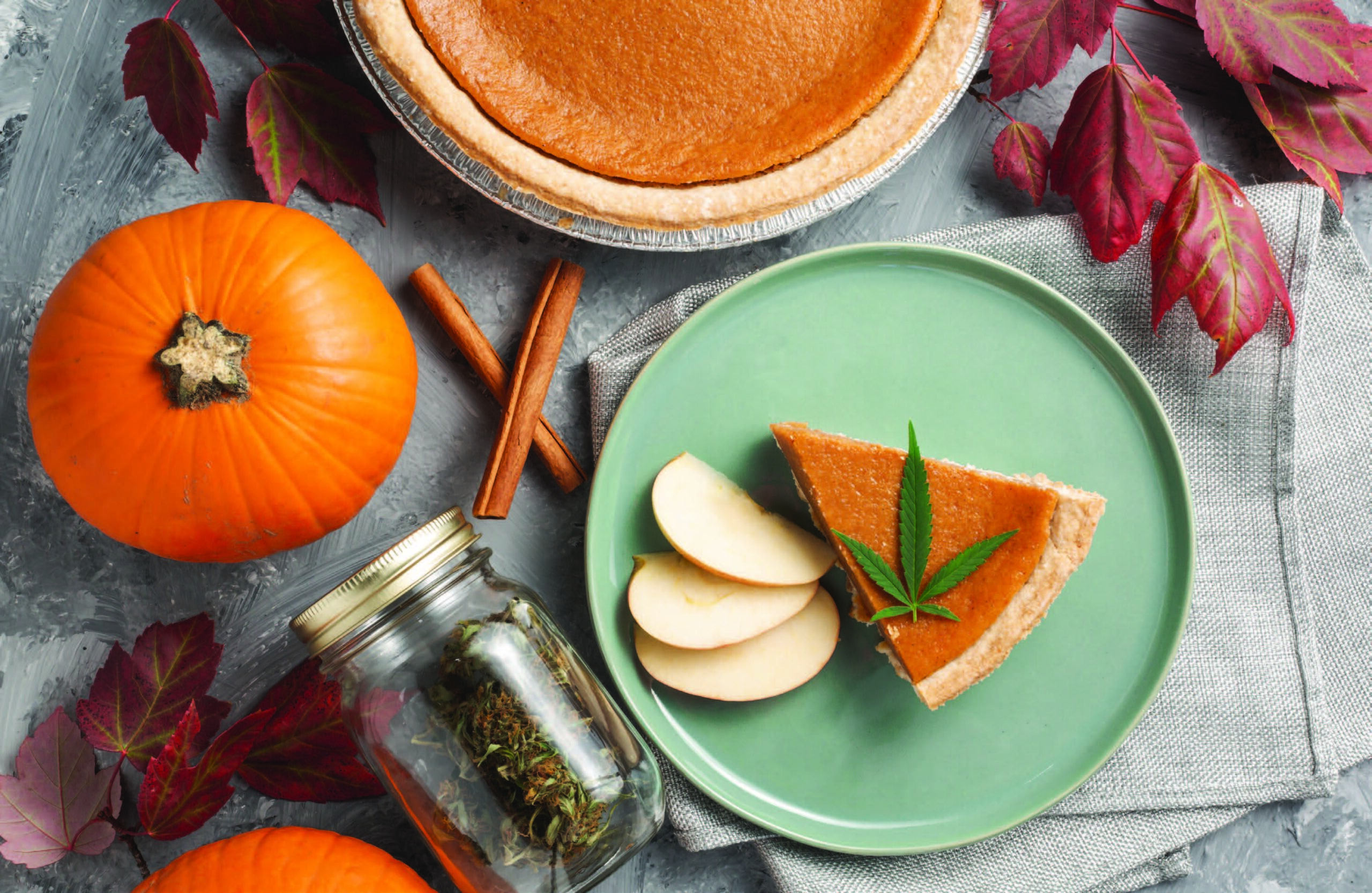All winter long, I eat mostly storage vegetables, dutifully subbing kale stems for celery, and debating whether I can still call my gumbo Cajun if it’s missing two-thirds of the holy trinity (onions, celery, and green bell peppers). I swap in pickled beets for tomatoes and get pretty creative with my use of winter squash. By the time March rolls around, I’m completely sick of it. Here’s a sneak peek at a few of my favorite spring items (and, how you can use them).
RadishesA few years ago, I had no idea what to do with radishes. Now, I know how versatile these crispy, spicy treats are. You can find them in many varieties and each has its own flavor profile. Look for spicy Cherry Belle red, mild French breakfast, colorful Easter Eggs, licorice-flavored Black Spanish, or heirloom Watermelon Radish (with green skin and an intense pink flesh).
You can thinly slice them as a garnish on salads, tacos, or rice bowls. Or, try pickling them, making a batch of kimchi, and roasting ‘em (probably in miso butter on top of a bed of sautéed radish greens). For a simpler treat, just dip a whole radish into good-quality butter and top it off with flaky sea salt.
PeasI have a confession to make: I hate peas. I eat almost everything, but gross, frozen peas are not on the list. On the other hand, fresh spring peas are like the moment you realize that Gandalf isn’t dead. These sweet little spring presents are nothing like their older, starchier relatives.
You can use fresh peas in any recipe that calls for the frozen kind, but showcase them. A simple pancetta and fresh pea carbonara pasta will do the trick, or toss out your avocado toast and sub in mashed peas instead. If you find wild mushrooms at the market, go for it – spring peas pair perfectly with mint and morels.
RhubarbThe perennial pops up year after year, each time growing bigger than the last. After you discard those large, canopy-like leaves (which are sort of toxic, so don’t eat them), you’re left with the tart stems. I’m sure you’ve heard of rhubarb pie – just make sure you add a ton of sugar to balance out rhubarb’s extreme sourness before baking it up. For a more natural equalizer, pair rhubarb with strawberries to create a sweet-tart flavor.
If you’re ready to embrace rhubarb, turn it into a fresh-tasting salsa (with strawberries, cucumbers, or tomatoes), or whip up a batch of jam.
The best way to know how to use all that great produce? Get to know your farmer. Chat them up at the booth and ask them what’s fresh and exciting. Better yet – join their CSA to enjoy the best of the best each week while also supporting your local community.
Lindsay D. Mattison is a professional chef and food writer living in Durango. She enjoys long walks in the woods, the simplicity of New York-style cheese pizza, and she’s completely addicted to Chapstick. Contact her at [email protected].













